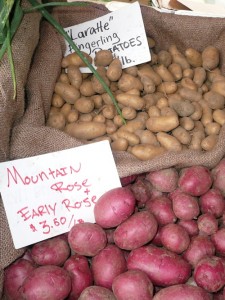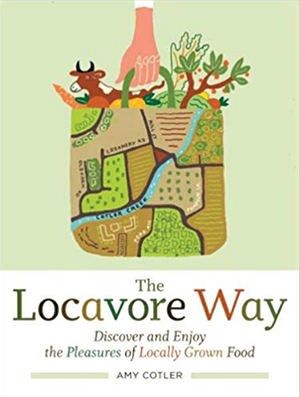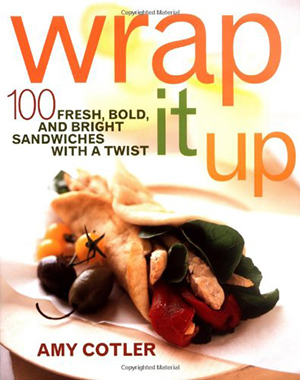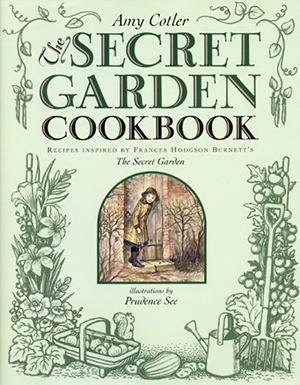Potatoes are the most flexible vegetable, happily fried, steamed, mashed, baked, boiled, grilled or roasted. They come in numerous varieties, each with its distinctive flavor and texture, so taste around, they’re all good.
Some varieties work better in specific dishes, but it’s also a matter of taste. For example, most cooks love a waxy red potato in a salad, because you don’t have to peel them, they’re lovely color and hold their shape. But others prefer the denser texture of their grandma’s peeled russet salad.
Once you know what a potato does when it’s cooked, you can decide what you prefer.
On the drier, starchy end of the scale, sit the ever-popular brown russet, often called Idaho — flavorful, flaky and classically used for baking, mashing and frying. These are often called bakers.
On the other end sit low-starch waxy varieties, such as the common red bliss, which all hold their shape, need no pealing and are often used for boiling or steaming in stews and salads. (Steam baby ones whole and toss in butter and dill.) These are often called boilers.
Common Yukon Golds sit somewhere in the middle, still starchy with a buttery color and flavor, but moister than russets. So do varieties generally called “all purpose.”
Fingerlings are heirlooms, named for their finger-like shape, which come in numerous varieties, including Peruvian Purple or Russian Banana, each with its own taste and texture. They can be cooked any which way, but are often roasted or steamed whole.
To tell, cut a potato with a sharp knife. Does the potato grab the knife or foam a bit? It’s starchy. It doesn’t, it’s a waxy. In-between? They’re “all purpose.”
(Tip: Potato improvisations next week)






